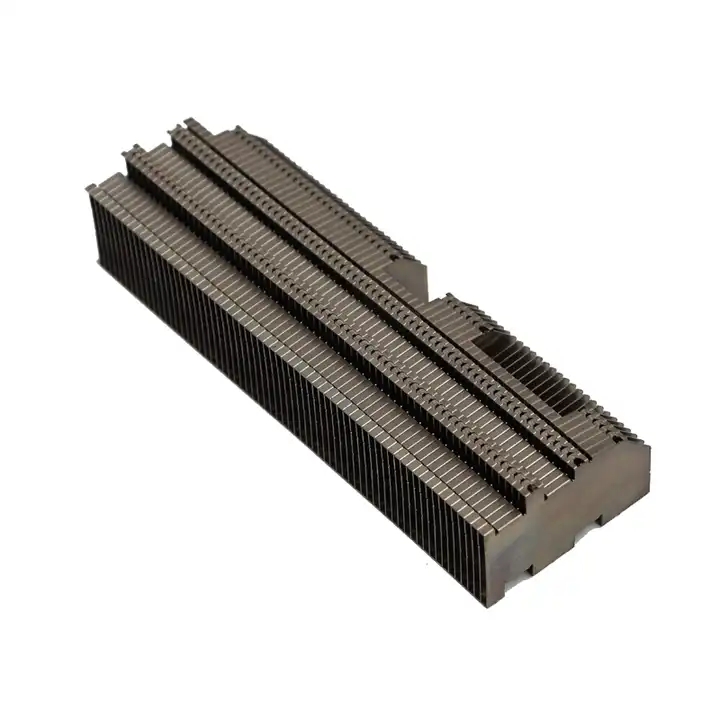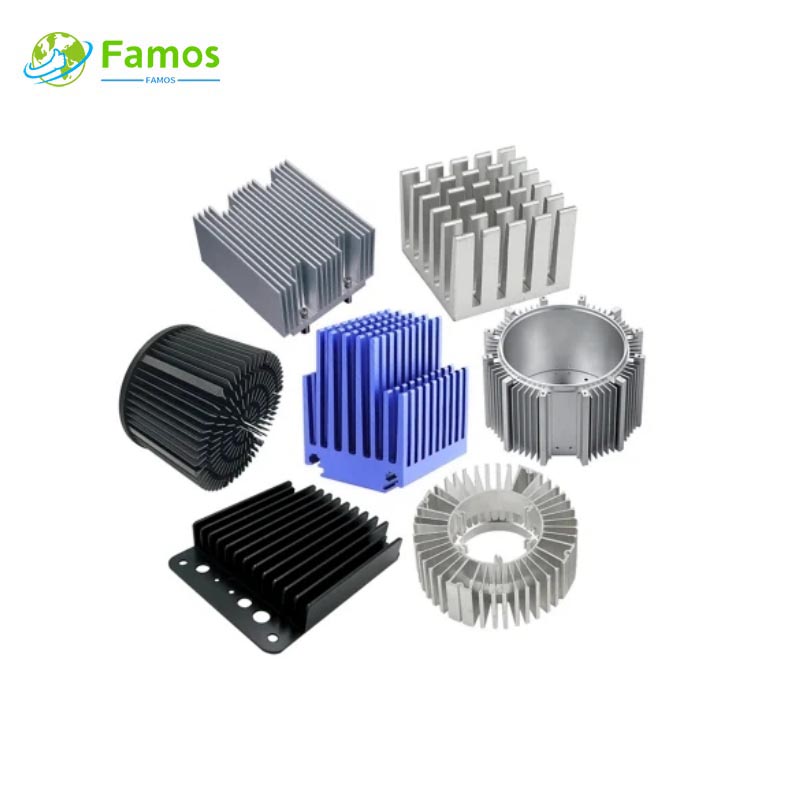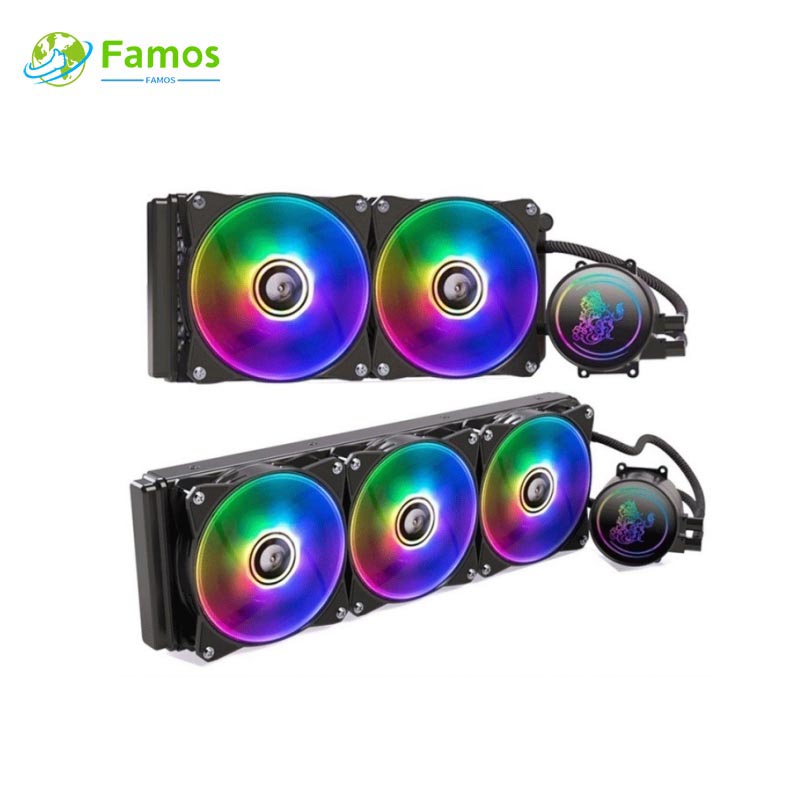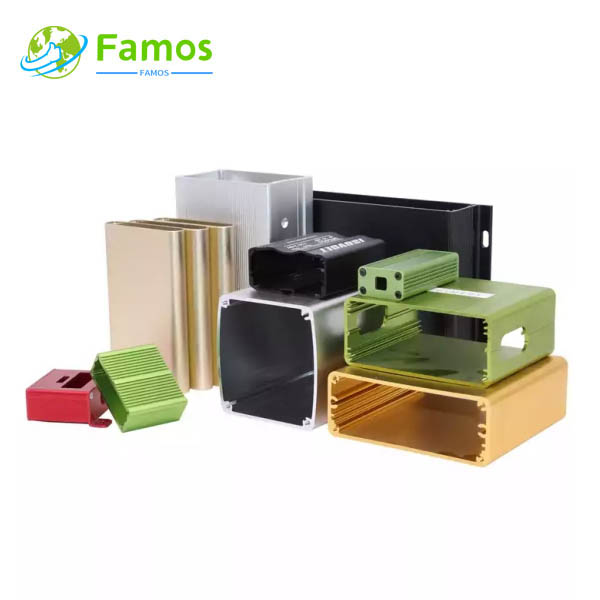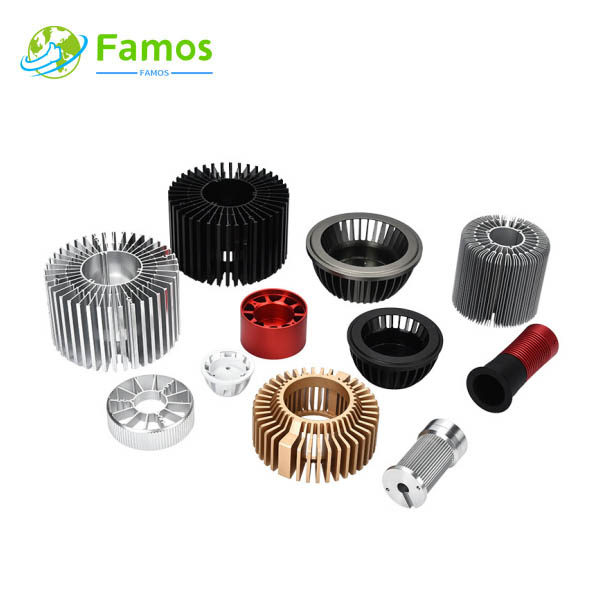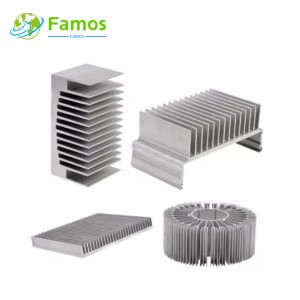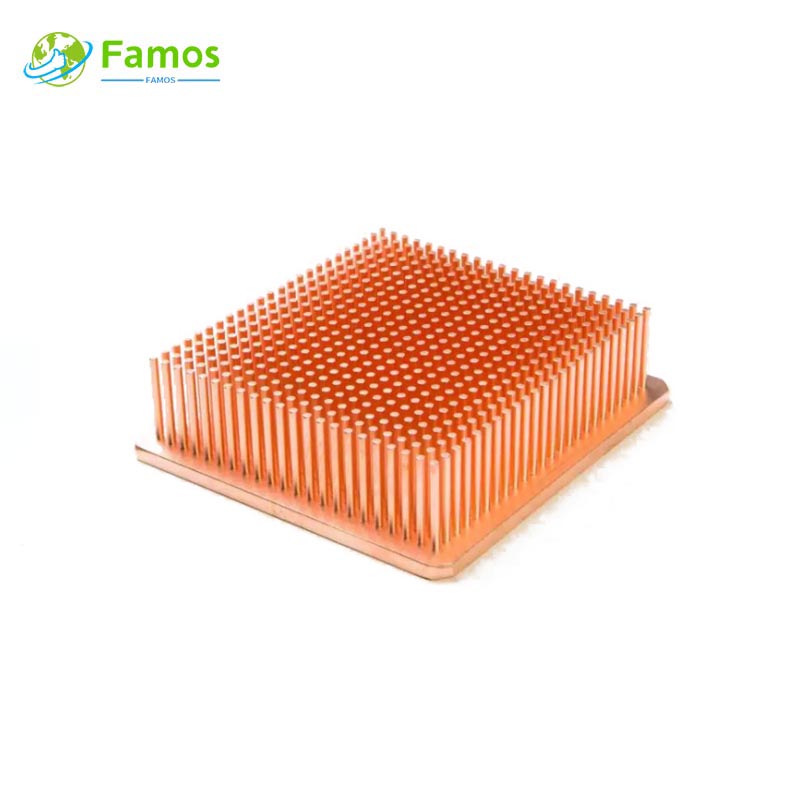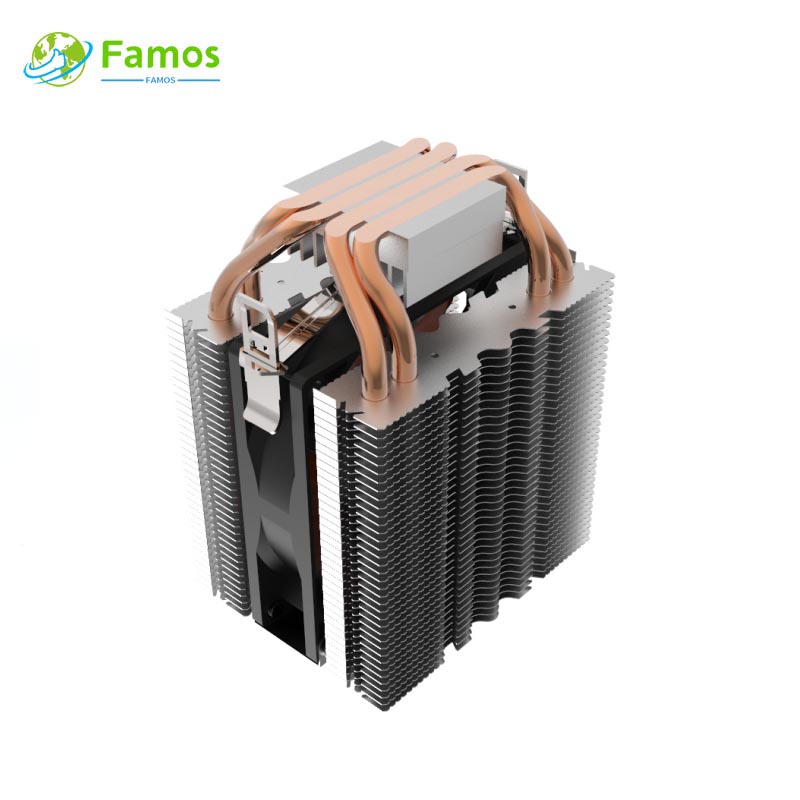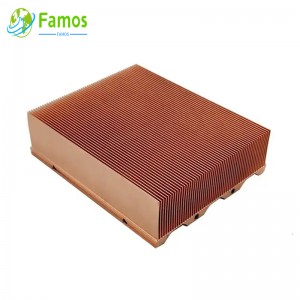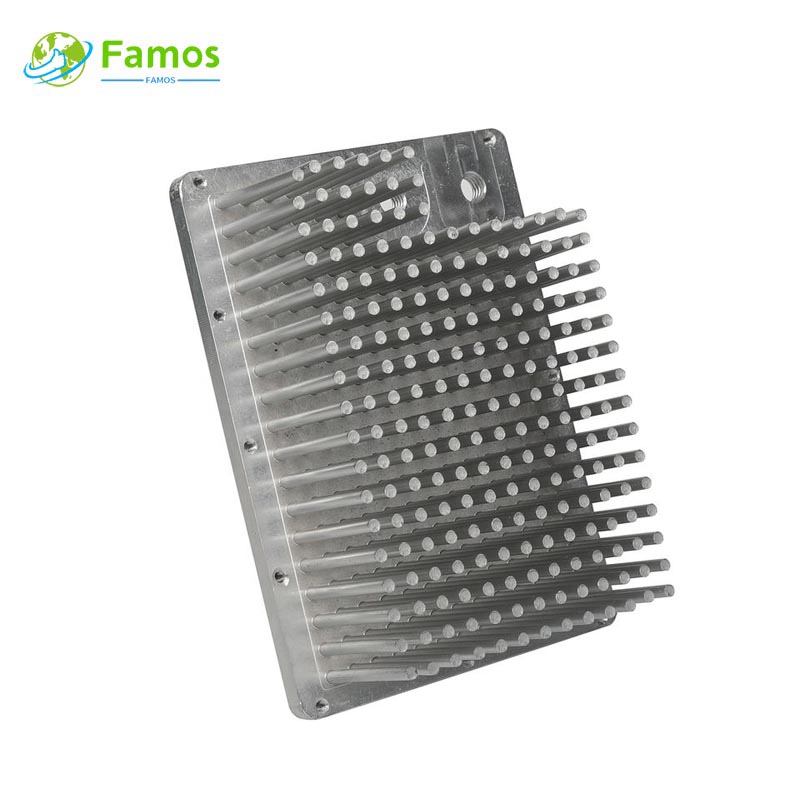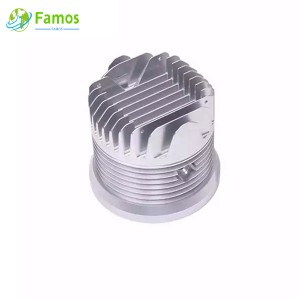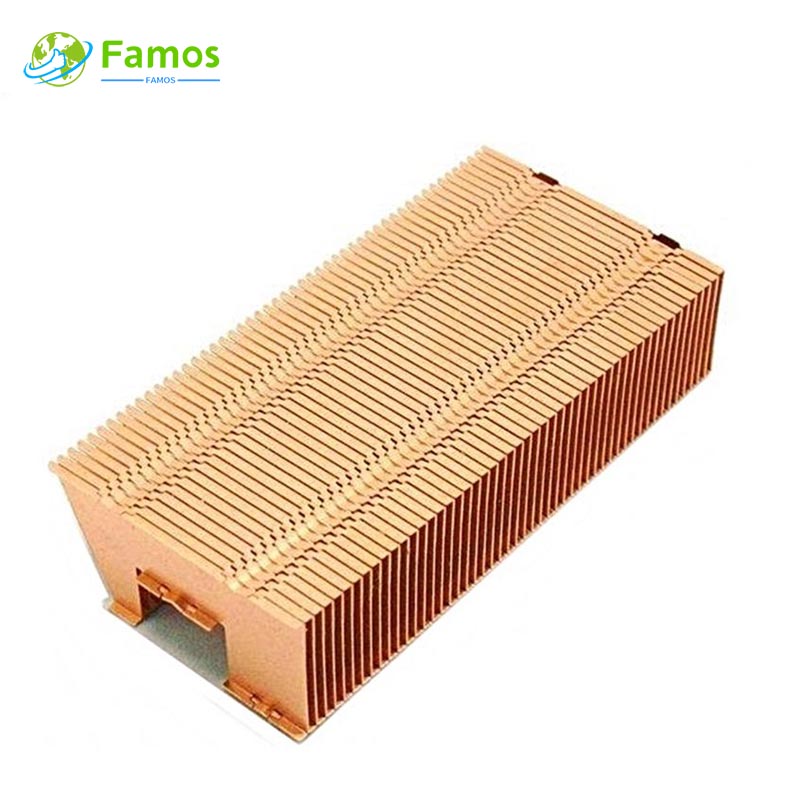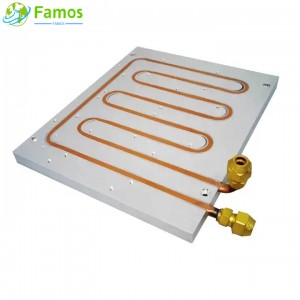Stamping heat sinks are widely used in various industries for their numerous advantages and suitability for a wide range of applications. These heat sinks are cost-effective and possess excellent thermal conductivity, making them a popular choice for cooling electronic components. In this article, we will delve into the reasons why stamping heat sinks are widely used and their importance in various industries.
To understand why stamping heat sinks are so prevalent, it is essential to first comprehend their structure and manufacturing process. A stamped heat sink is typically made by stamping a flat sheet of metal, such as aluminum or copper, using a high-pressure hydraulic press. This process creates the desired shape and intricate designs of the heat sink. The stamped heat sink is then finished by applying a surface treatment, such as anodizing or electroplating, to enhance its thermal conductivity and corrosion resistance.
The clear structure of stamping heat sinks makes them highly versatile and compatible with different electronic devices. Their design can be tailored to fit specific requirements, allowing for optimal heat dissipation in small spaces. Additionally, stamping heat sinks can be shaped with intricate fins and other features that improve their cooling efficiency. This flexibility in design, coupled with their cost-effectiveness, makes stamping heat sinks a popular choice for mass production in industries ranging from automotive to telecommunications.
One of the primary advantages of stamping heat sinks is their excellent thermal conductivity. Metals such as aluminum and copper have high thermal conductivity properties, allowing heat to transfer rapidly from the heat-generating component to the heat sink. Stamping heat sinks maximize this heat transfer due to their large surface area, created by the intricate fin patterns. The increased surface area maximizes the contact area between the heat sink and the surrounding air, resulting in efficient heat dissipation.
The cost-effectiveness of stamping heat sinks is another crucial reason for their widespread use. The manufacturing process of stamping allows for quick and economical production of heat sinks, especially when producing them in large quantities. This affordability makes stamping heat sinks a preferred choice for high-volume manufacturing industries, ensuring cost savings without compromising thermal performance.
Stamping heat sinks also have superior mechanical strength compared to other types of heat sinks. The stamping process compacts the metal, resulting in a denser and stronger structure. This strength makes stamping heat sinks more resistant to external forces, such as vibrations or shocks, commonly encountered in various applications. Their robustness ensures a more reliable and durable cooling solution, making them widely used in industries where reliability is paramount, such as aerospace or defense.
Furthermore, the lightweight nature of stamping heat sinks is highly advantageous in applications where weight reduction is critical. Aluminum, a commonly used metal in stamping heat sinks, has a significantly lower density compared to alternatives like copper. This low density allows for lightweight heat sinks that do not add excessive weight to the overall system, crucial for portable devices or equipment where weight is a limiting factor.
Stamping heat sinks also offer excellent corrosion resistance. The surface treatment applied during manufacturing, such as anodizing or electroplating, further enhances the heat sink's ability to withstand harsh environments and prevent corrosion. This corrosion resistance ensures the longevity and reliability of the heat sink, making it suitable for applications in industries exposed to high humidity, corrosive gases, or other challenging conditions.
In addition to their technical advantages, stamping heat sinks are also environmentally friendly. The manufacturing process of stamping consumes less energy and generates less waste compared to alternative methods of heat sink production. Additionally, the recyclability of metals like aluminum makes stamping heat sinks a sustainable choice, aligning with the growing emphasis on environmental consciousness in various industries.
The wide adoption of stamping heat sinks can be attributed to their clear structural benefits, cost-effectiveness, excellent thermal conductivity, mechanical strength, lightweight nature, corrosion resistance, and environmental friendliness. These advantages make stamping heat sinks an ideal choice for various industries, including automotive, telecommunications, aerospace, and defense.
In conclusion, the use of stamping heat sinks is prevalent due to their numerous advantages and versatility. Their clear structure, cost-effectiveness, excellent thermal conductivity, mechanical strength, lightweight nature, corrosion resistance, and sustainability make them highly suitable for a wide range of applications. As industries continue to demand efficient cooling solutions, stamping heat sinks will undoubtedly remain a popular choice for the foreseeable future.
If You Are in Business, You May Like
Types of Heat Sink
In order to meet different heat dissipation requirements, our factory can produce different type heat sinks with many different process, such as below:
Post time: Jun-25-2023

